![]() |
| John Sloan c 1891 |
Continuing the intermittent theme on the New York "Ashcan School" (see Introduction Oct 2012, William Glackens Oct 2012, Robert Henri Oct - Nov 2012, George Luks Nov 2012, Everett Shinn Nov 2012, George BellowsDec 2012) the next artist I'm featuring is John Sloan.
John French Sloan (1871 – 1951) was born in 1871 in Lock Haven, Pa. After he finished high school, he worked for booksellers and dry-goods dealers. He studied briefly under Thomas Anshutz at the Pennsylvania Academy of Fine Arts and in 1892 was employed by the Philadelphia Inquirer as a newspaper artist. Robert Henri encouraged him as a painter, and he was influenced by Japanese prints. In 1895 he moved to the Philadelphia Press, for which he drew full-page colour pictures until 1902. His early paintings were street scenes, sombre in color, vivid and direct in execution. These were first exhibited in 1900 in Chicago and Pittsburgh, and he was included in a New York group show in 1901.
Sloan married in 1901 and in 1904 moved to New York. For many years he supported himself as a magazine illustrator and after 1906, as a teacher. A series of 10 etchings of city life in 1905-1906, rich in content, often with undercurrents of humor or irony, found no purchasers. Though his work was seen in these years in the Carnegie International Exhibition and the National Academy of Design, more often than not his pungent and un-idealized urban scenes were rejected by academic critics. It was in part his rejection by the academy in 1907 that caused Henri to withdraw from that organisation. Sloan was one of the group of painters called "The Eight," whose exhibition at the Macbeth Gallery in 1908 called attention to the radical subject matter and vigorous execution of five of the painters - Henri, Sloan, William Glackens, George Luks, and Everett Shinn.
Sloan and his wife joined the Socialist party in 1910, and he became art editor of its magazine The Masses, to which he contributed some of his most compelling drawings. In 1910 and again in 1913 he was an unsuccessful candidate for the New York State Assembly. He withdrew from the party in 1914 but remained on the staff of The Masses for two more years. He sold his first painting in 1913 to Dr. Albert C. Barnes. He was well represented that same year in the celebrated Armory Show but was too completely a representational artist to have much sympathy for the new European movements exhibited there.
Sloan was an active teacher at the Art Students League and served as its president in 1931. He was president of the Society of Independent Artists from 1918 until his death; this organization staged large, no-jury, no-prize shows from 1917 until 1944.
From 1914 to 1918 Sloan spent the summers in Gloucester, Mass. where he painted landscapes as well as people. He travelled to the Southwest for the first time in 1919, and for the rest of his life spent long periods in Santa Fe, N. Mex. where he built a house in 1940. The life of the Indians, the ceremonial activities of the Spanish inhabitants, and the dramatic desert landscape provided powerful new subjects. In 1931 he was active in organizing a large exhibition of Indian tribal arts.
After about 1930 Sloan painted no more city scenes but became increasingly concerned with studies of the nude. The late paintings are monumental and technically innovative. In contrast to the direct execution of his earlier work, these are carefully constructed with monochrome underpainting, upon which an elaborate surface of bold cross-hatchings in colour gives startling relief.
The power of Sloan's personality is well conveyed in Gist of Art (1939), a compilation of statements made to his students which were recorded by Helen Farr, who became his second wife, in 1944. Sloan died on Sept. 7, 1951, in Hanover, N.H.
This is part 1 of a 5-part post on the works of John Sloan:
![]() |
| 1890 George Eliot etching 14 x 10.1 cm |
![]() |
| 1890 Self-portrait oil on 'window shade' |
![]() |
| 1893 Professional Nurse watercolour 27.3 x 22.9 cm |
![]() |
| 1894 Schuylkill River etching 26.7 x 21.9 cm |
![]() |
| 1895 Moods commercial relief 51.4 x 32 cm |
![]() |
| 1895 The Echo commercial relief & letterpress 24 x 14.4 cm |
![]() |
| 1896 Cinder-Path Tales commercial lithography 9.4 x 34.5 cm |
![]() |
| 1896 Head of a Boy 61 x 76.2 cm |
![]() |
| 1900 Green's Cats oil on canvas 55.9 x 76.2 cm |
![]() |
| 1900 Illustration for 26 August Philadelphia Press ink & watercolour |
![]() |
| 1900 Independence Square, Philadelphia oil on canvas 68.6 x 55.9 cm |
![]() |
| 1901 East Entrance, City Hall, Philadelphia oil on canvas 69.2 x 91.4 cm |
![]() |
| 1901 Illustration for Philadelphia Press 5 May ink & watercolour 54.6 x 44.5 cm |
![]() |
| 1902 Dupont's Ride etching 14.9 x 11.1 cm |
![]() |
| 1902 George Sotter oil on canvas 76.2 x 61 cm |
![]() |
| 1902 Young Woman in Black and White (Mary Kerr) oil on canvas 68.9 x 55.9 cm |
![]() |
| 1903 Dock Street Market oil on canvas 61.6 x 92.1 cm |
![]() |
| 1903 Girl Seated drypoint 26.4 x 22.4 cm |
![]() |
| 1903 Little Savoyards etching 14.9 x 11.1 cm |
![]() |
| 1903 Madame Mondigo etching 14.9 x 11.1 cm |
![]() |
| 1903 Monsieur Bellequeue etching 14.9 x 11.1 cm |
![]() |
| 1903 Will Bradner etching 32.1 x 23.5 cm |
![]() |
| c1903 The Day on the Roof crayon on paper 34.3 x 38.1 cm |
![]() |
| 1904 Boy with Piccolo oil on canvas 68.5 x 56 cm |
![]() |
| 1904 Charles Paul de Kock etching 54.3 x 43.5 cm |
![]() |
| 1904 Madame de Grangeville etching 14.9 x 11.1 cm |
![]() |
| 1904 Mademoiselle Violette etching 14.9 x 11.1 cm |
![]() |
| 1904 Monsieur Dermilly, Benevolent Artist etching 14.9 x 11.1 cm |
![]() |
| 1904 Monsieur Dermilly, Benevolent Artist etching 14.9 x 11.1 cm |
![]() |
| 1904 Monsieur Mirotaine Waters the Wine etching 14.9 x 11.1 |
![]() |
| 1905 Robert Henri etching 48 x 38.2 cm |
![]() |
| 1905 Stein in Profile oil on canvas 91.4 x 69.5 cm |
![]() |
| 1905 Turning Out the Light etching 12.7 x 17.8 cm |
![]() |
| 1905-06 Ferry Slip, Winter oil on canvas 55.1 x 80.5 cm |
![]() |
| 1905-06 Sunset, West Twenty-Third Street oil on canvas 61 x 91.4 cm |
![]() |
| c1905-07 Daisy oil on canvas 68.6 x 55.9 cm |
![]() |
| 1906 Dust Storm, Fifth Avenue oil on canvas 55.9 x 68.6 cm |
![]() |
| 1906 Jewelry Store Window etching 27.8 x 21.6 cm |
![]() |
| 1906 Mother etching 39.2 x 32.9 cm |
![]() |
| 1906-07 The Picnic Grounds oil on canvas 61 x 91.4 cm |
![]() |
| 1907 Easter Eve oil on canvas 81.3 x 66 cm |
![]() |
| 1907 Election Night oil on canvas 67 x 82 cm |
![]() |
| 1907 Gray and Brass oil on canvas 55.9 x 68.6 cm |


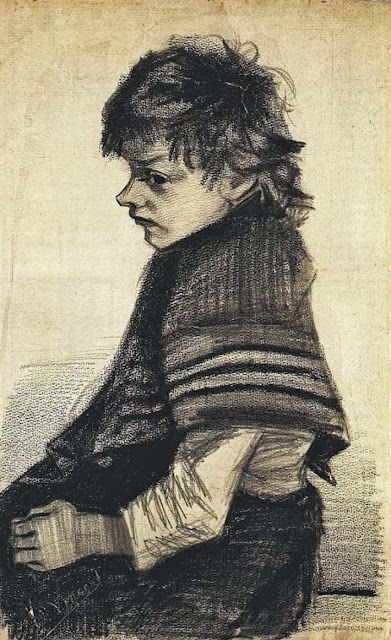



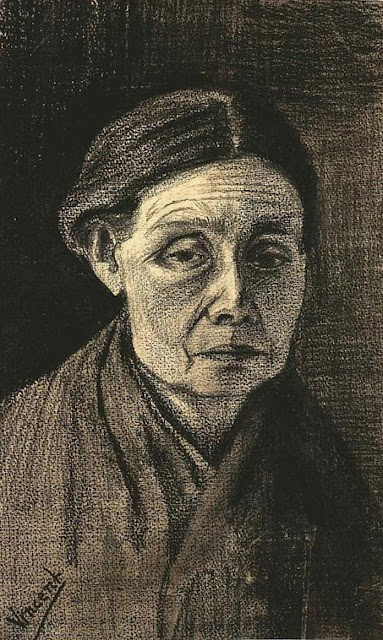
































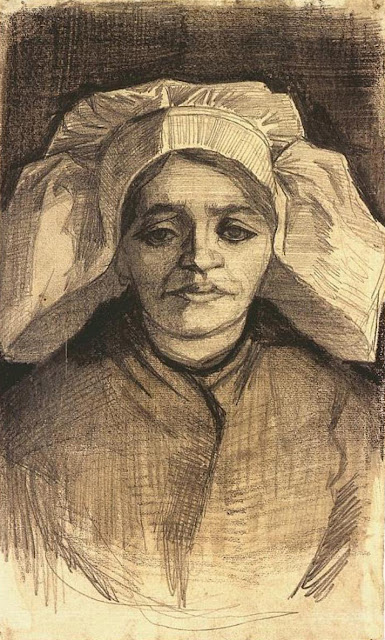










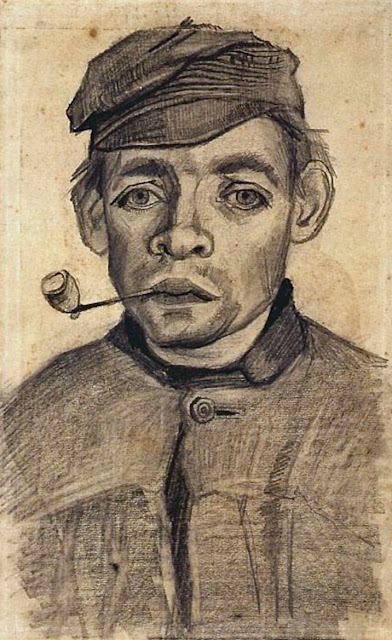

















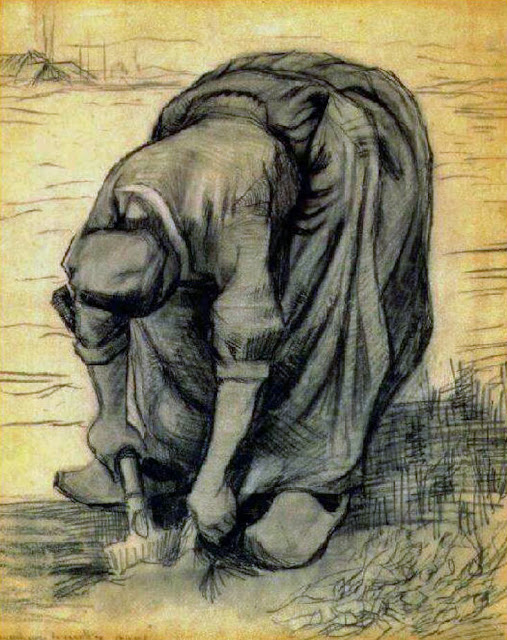










+pencil,+pen+&+ink+heightened+with+opaque+white+38.7+x+52.5+cm.jpg)

+charcoal+&+coloured+chalk.jpg)

+pen+&+ink+31.5+x+24+cm.jpg)
+oil+on+canvas+73+x+54+cm.jpg)




+pen+&+ink+39.5+x+53.5+cm.jpg)
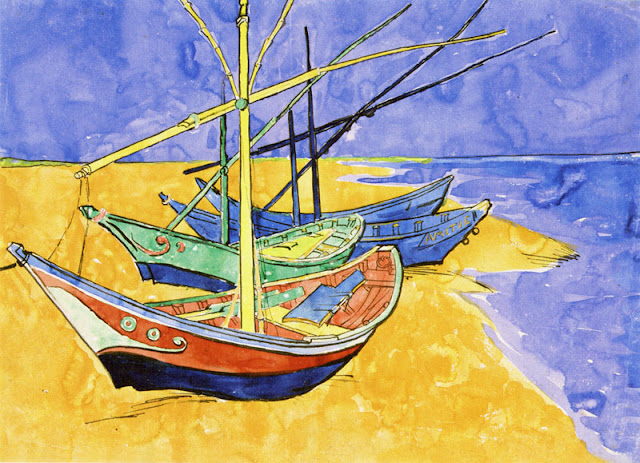+watercolour+40.4+x+55.5+cm.jpg)
+oil+on+canvas+65+x+81.5+cm.jpg)




+Landscape+pen+&+ink+on+paper+24.1+x+31.8+cm.jpg)
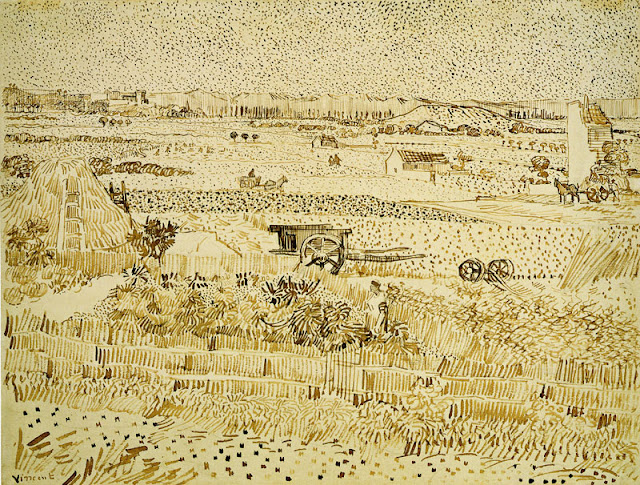+Landscape+pen+&+ink+24.2+x+31.9+cm.jpg)
+in+Provence,+at+the+Left+Montmajour+pen+&+watercolour+39.5+x+52.5+cm.jpg)
+Landscape+watercolour.jpg)

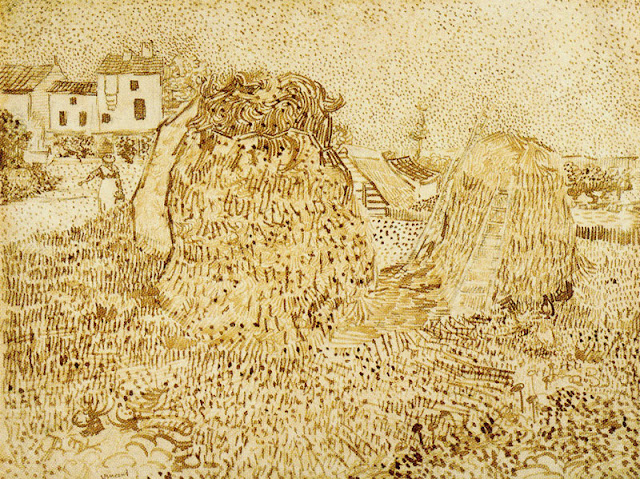+near+a+Farm+pen+&+ink+24.1+x+31.8+cm.jpg)
+near+a+Farm+pen+&+ink+on+paper+24.1+x+31.9+cm.jpg)
+near+a+Farm+oil+on+canvas+73+x+92.5+cm.jpg)
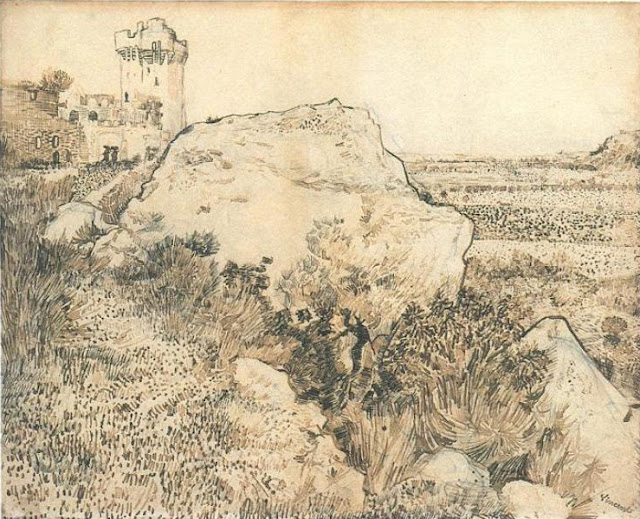
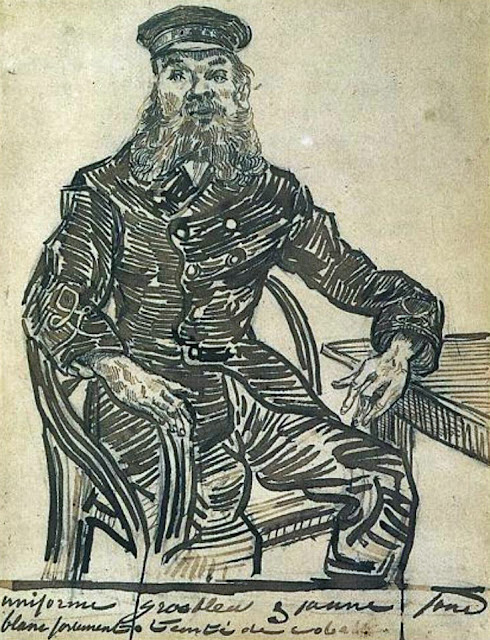+Sitting+in+a+Cane+Chair,+Three-Quarter-Length+pen+&+ink.jpg)
+Three-Quarter-Length+pen+&+ink+on+paper+51.4+x+42.2+cm.jpg)
+Sitting+in+a+Cane+Chair+oil+on+canvas+81.3+x+65.4+cm.jpg)









+pen+&+ink+heightened+with+opaque+white+39.5+x+53.6+cm.jpg)
+pencil,+pen+&+ink+49.5+x+38+cm.jpg)
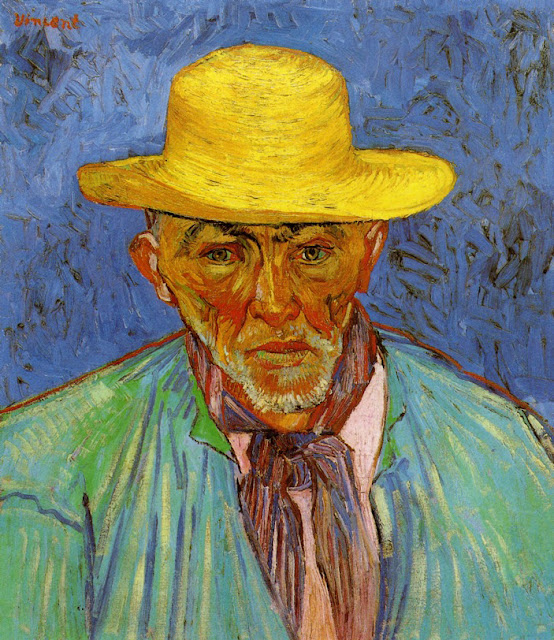+oil+on+canvas+64+x+54+cm.jpg)


+pen+&+ink+31.8+x+24.3+cm.jpg)
+oil+on+canvas+64+x+48+cm.jpg)
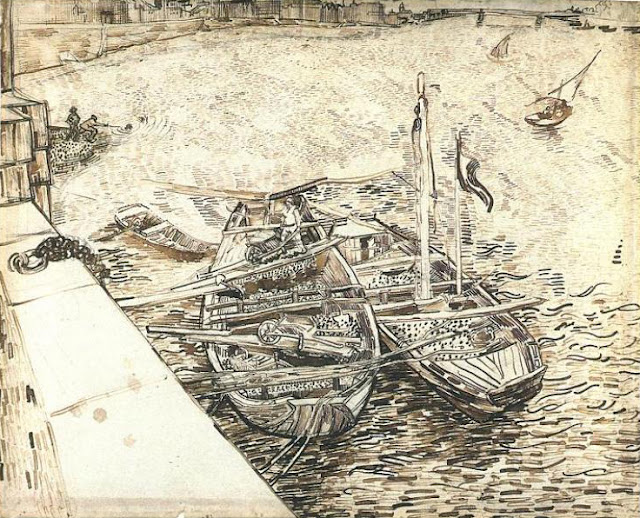+pencil,+pen+&+ink.jpg)
+oil+on+canvas+55+x+66+cm.jpg)


+ink.jpg)
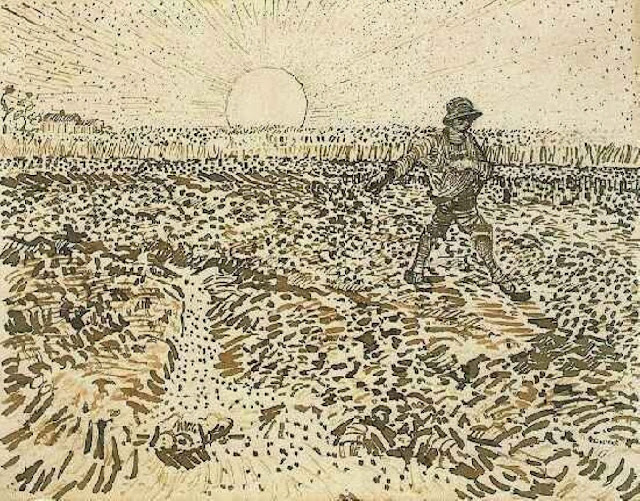+ink+on+paper.jpg)
+pen+&+ink+24.4+x+32+cm.jpg)
+oil+on+canvas+64+x+80.5+cm.jpg)
+pen+&+ink+30.5+x+47+cm.jpg)
+pen+&+ink++24.3+x+31.7+cm.jpg)
+oil+on+canvas+38+x+46+cm.jpg)

+pen+&+ink.jpg)
+wax+crayon,+pen+&+ink,+watercolour+on+paper+31.5+x+23.6+cm.jpg)
+oil+on+canvas+65+x+54+cm.jpg)

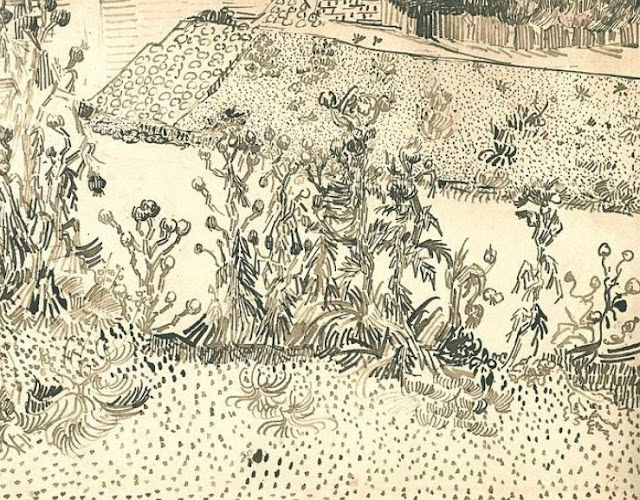

+with+Church+and+Ramparts+pen+&+ink+43+x+60+cm.jpg)
oil+on+canvas+64+x+53+cm.jpg)
+pen+&+ink+13+x+20.5+cm.jpg)
+pen+&+watercolour+25.5+x+31.5+cm+cm.jpg)
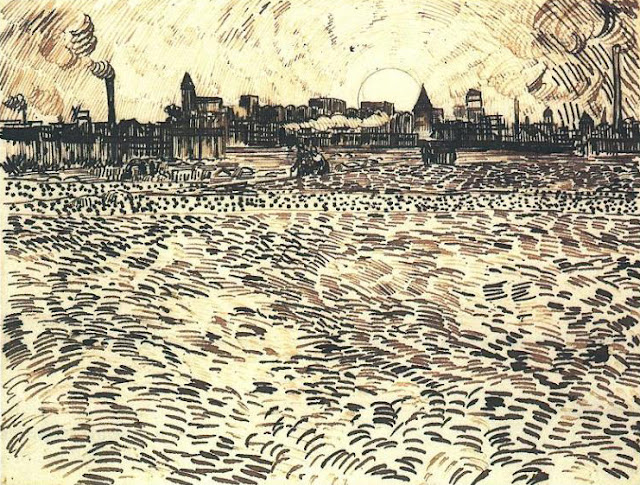+pen+&+ink.jpg)
+oil+on+canvas+74+x+91+cm.jpg)
+pen+&+ink.jpg)
+pen+&+ink+24.2+x+31.7+cm.jpg)
+oil+on+canvas+55.2+x+66.6+cm.jpg)
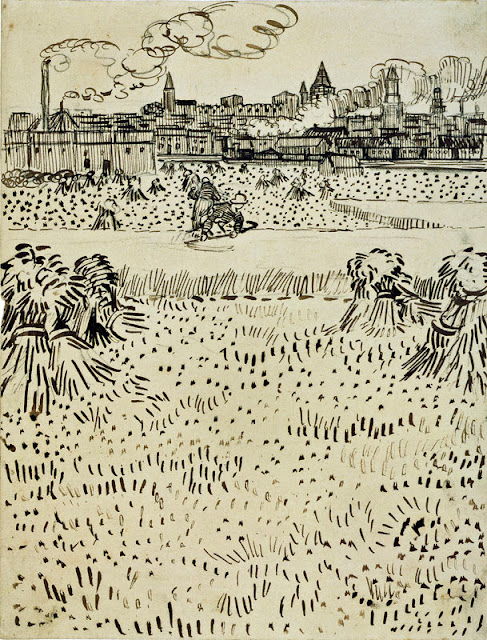



+pencil,+pen+&+ink+62.3+x+46.8+cm.jpg)
+oil+on+canvas+93.3+x+74+cm.jpg)




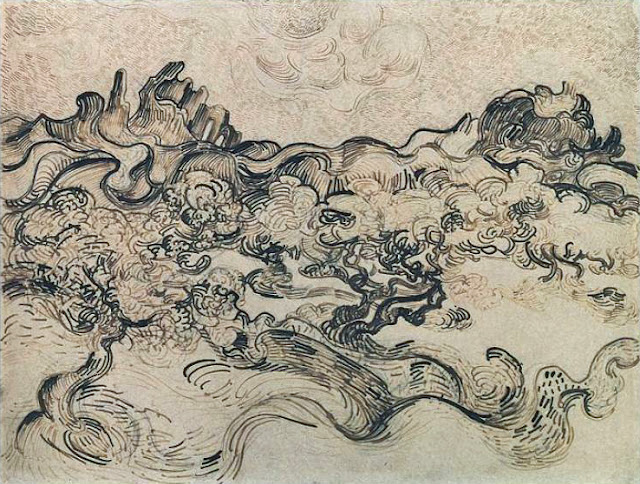
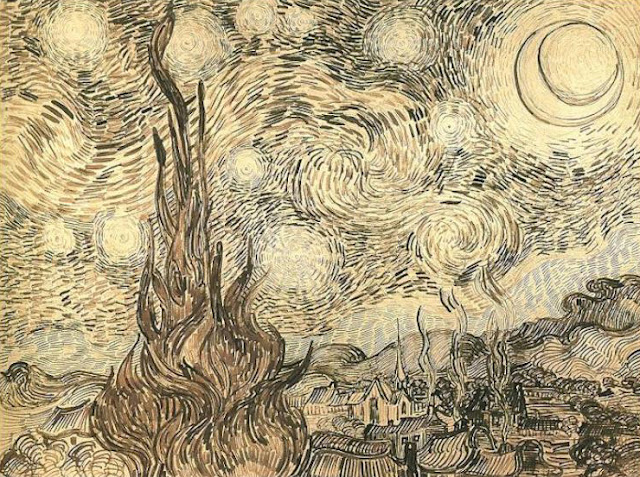+pen+&+ink.jpg)
+oil+on+canvas+73.7+x+92.1+cm.jpg)











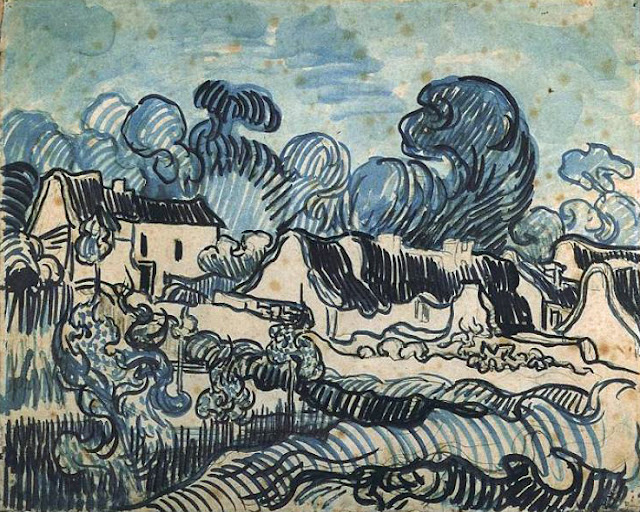



































+gouache+on+paper+21.3+x+33.3+cm.jpg)









+on+paper+39.7+x+53.3+cm.jpg)


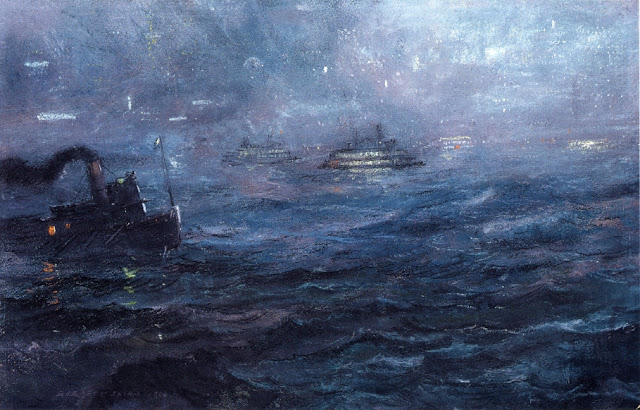














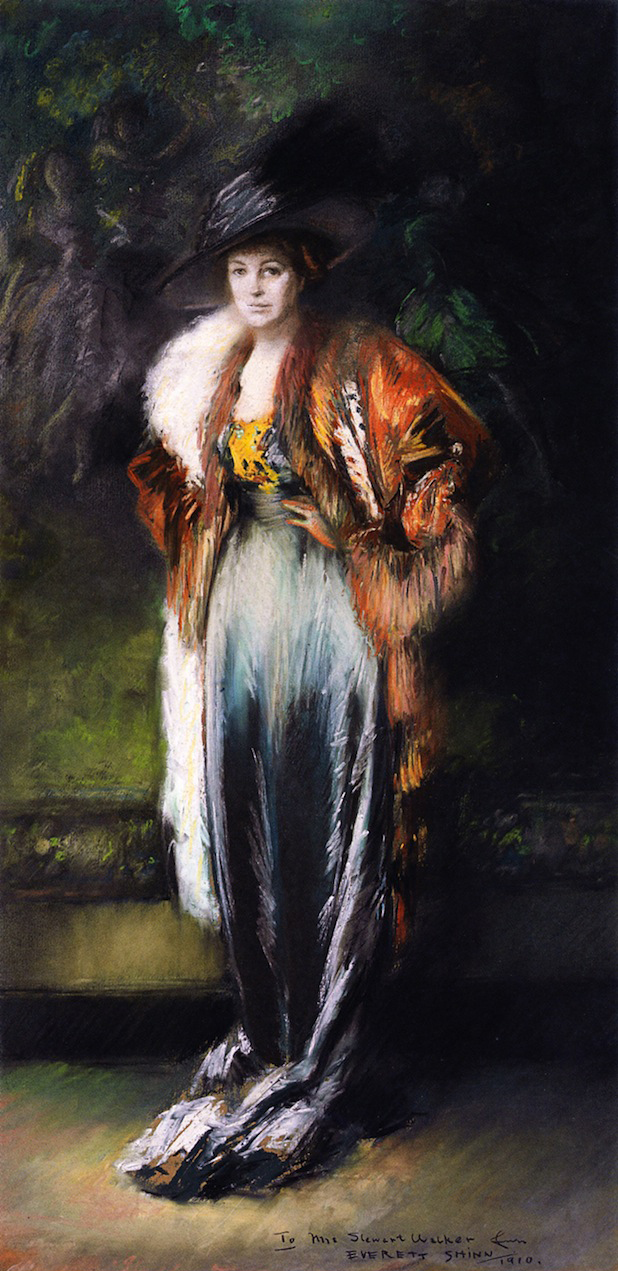










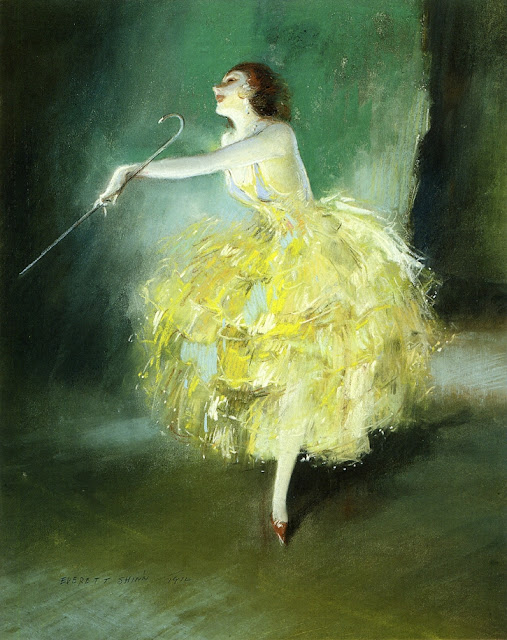





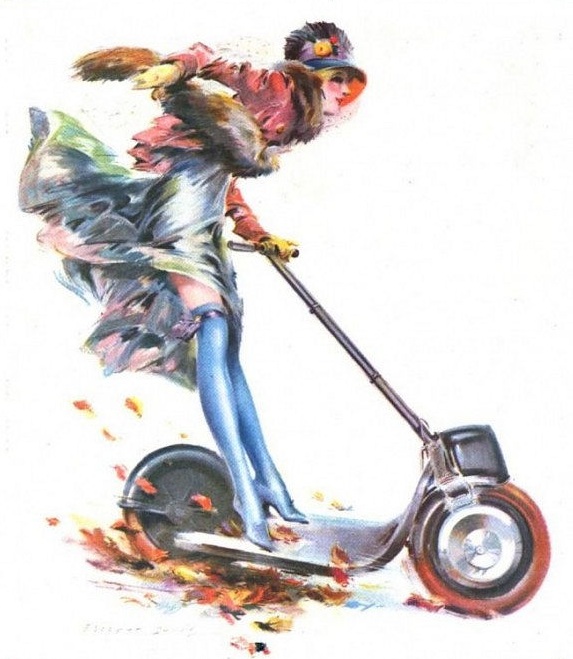.jpg)






















+ink+on+paper+26.7+x+31.8+cm.jpg)
+ink+on+paper+48.3+x+29.2+cm.jpg)
+ink+on+paper.jpg)
+ink+on+paper+40.6+x+29.2+cm.jpg)
+ink+on+paper+39.4+x+19.4+cm.jpg)

+ink+on+paper+23.2+x+34.3+cm.jpg)
+ink+on+paper+25.4+x+40.6+cm.jpg)





+ink+on+paper+24.8+x+7+cm.jpg)
+ink+on+paper+29.8+x+21.6+cm+.jpg)




+graphite+&+colour+pencil+on+tracing+paper+27.9+x+30.5+cm.jpg)













+oil+on+masonite+9+x+12+in.jpg)

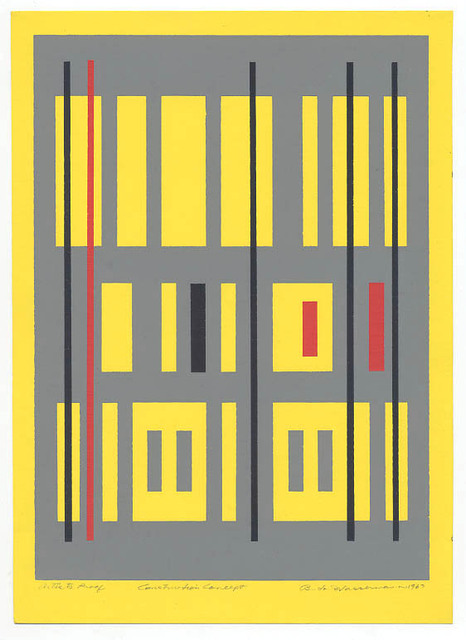



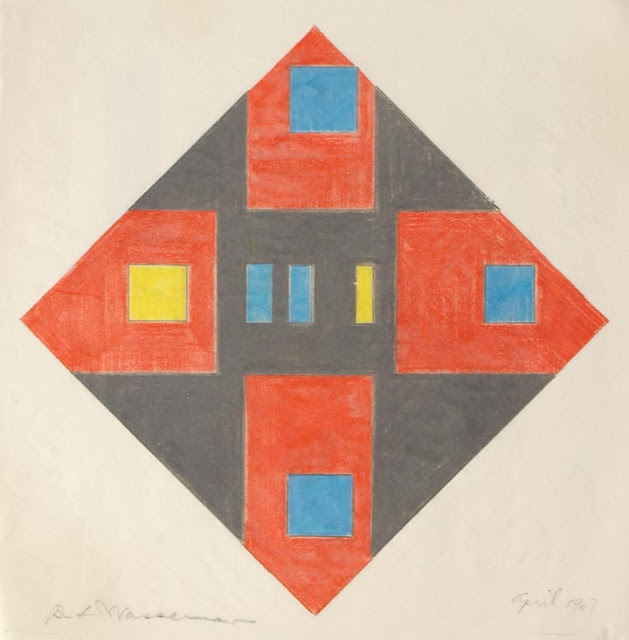










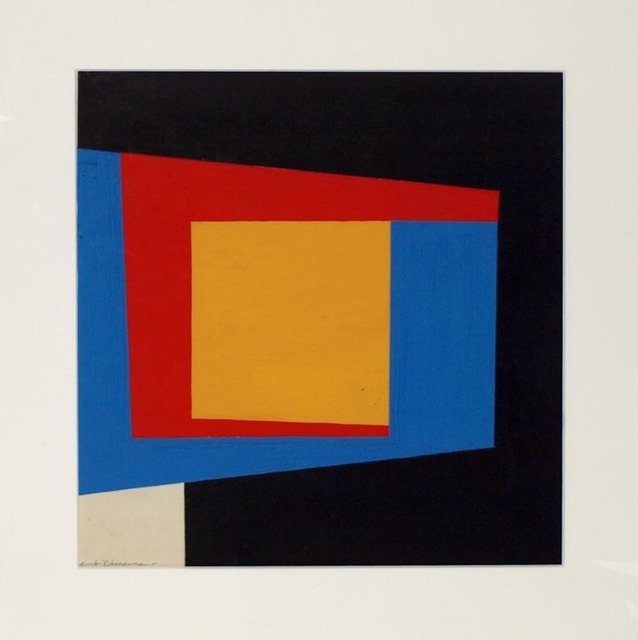









































+Old+Fisherman+oil+on+canvas+61+x+48.6+cm.jpg)
+oil+on+canvas+51.4+x+61.8+cm.jpg)



+oil+on+canvas+66.7+x+52.1+cm.jpg)






_edited-1.jpg)

+oil+on+canvas+109.2+x+134.2+cm.jpg)







+oil+on+fabric+mounted+on+fibreboard+76.3+x+98+cm.jpg)















.jpg)


























































































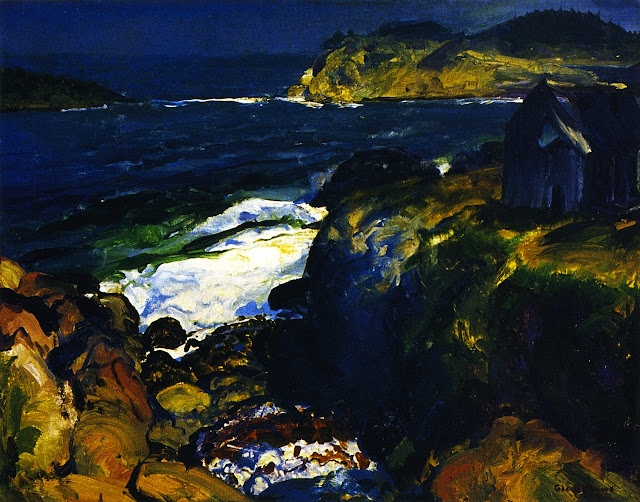

.jpg)









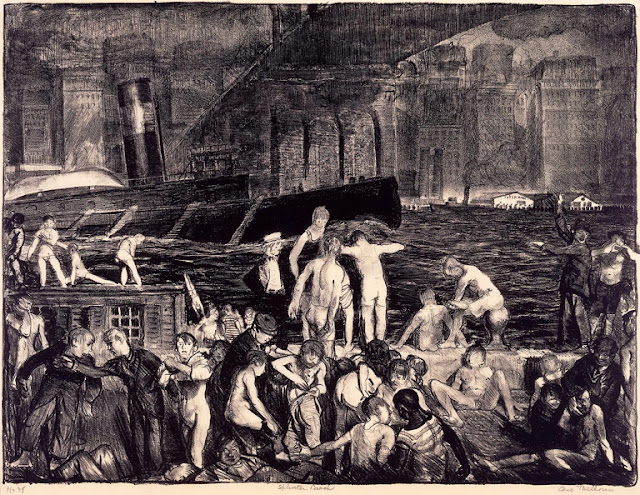.jpg)











+oil+on+panel+45.7+x+55.9+cm.jpg)




.jpg)

,+from+The+War+Series+lithograph.jpg)



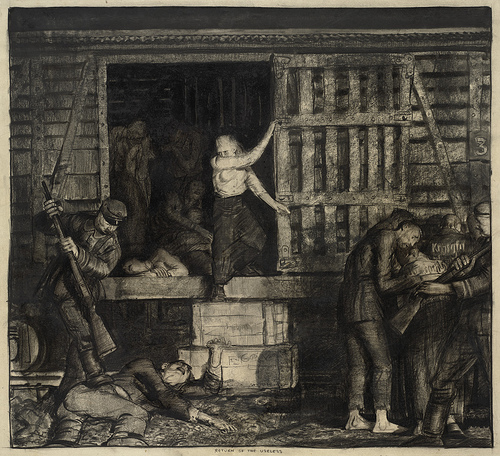.jpg)


.jpg)













































.jpg)

.jpg)

+lithograph+33+x+23.2+cm+(image).jpg)


























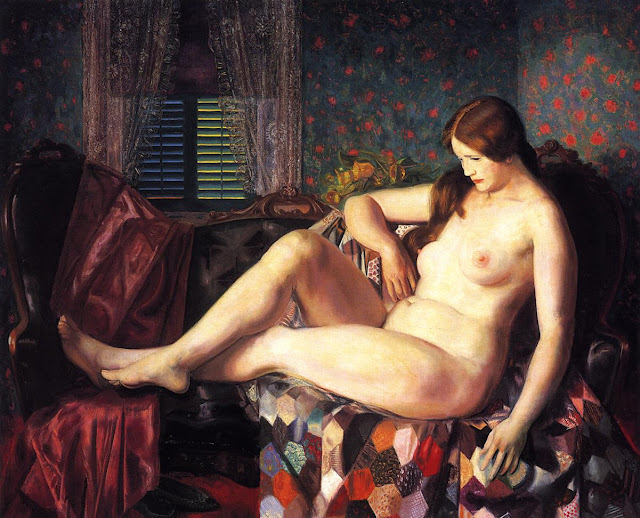











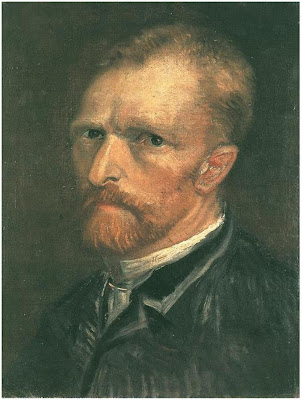





















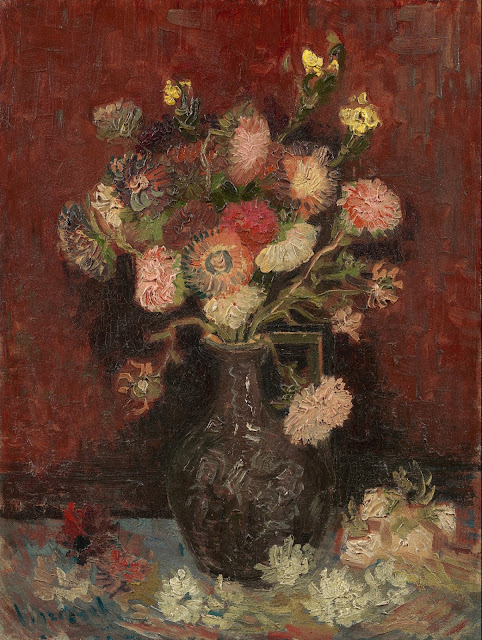





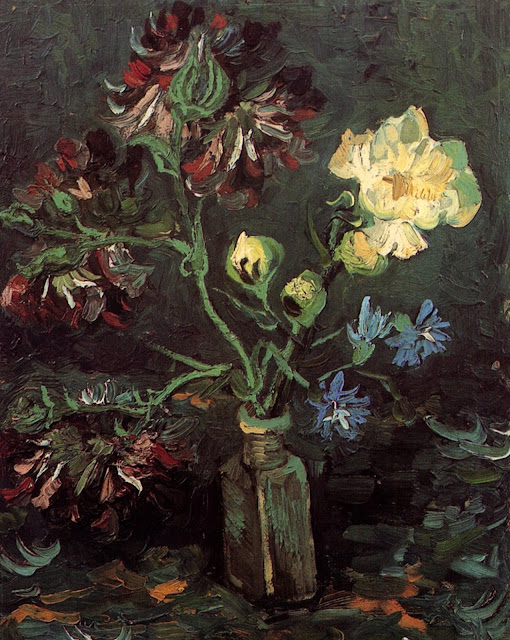








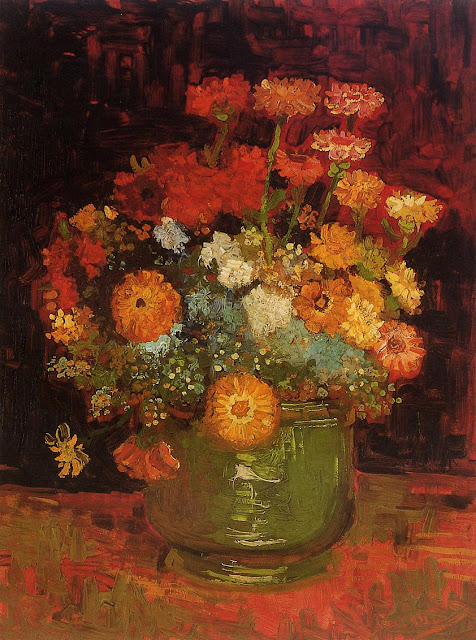




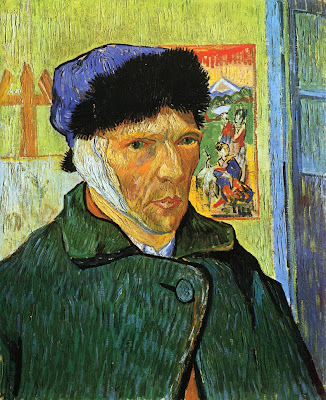





































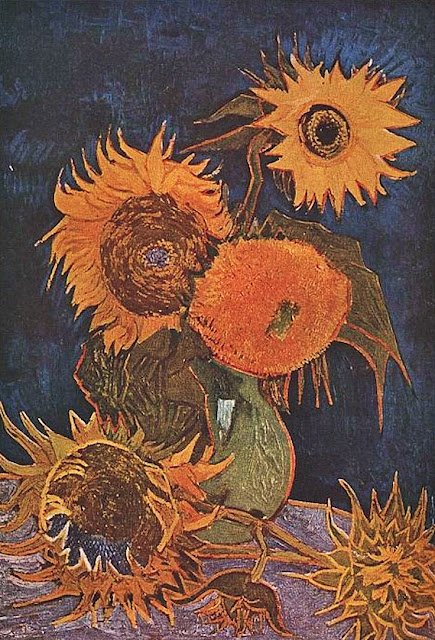.jpg)

















+oil+on+canvas+68.9+x+55.9+cm.jpg)














































+oil+on+canvas+81.3+x+66+cm.jpg)












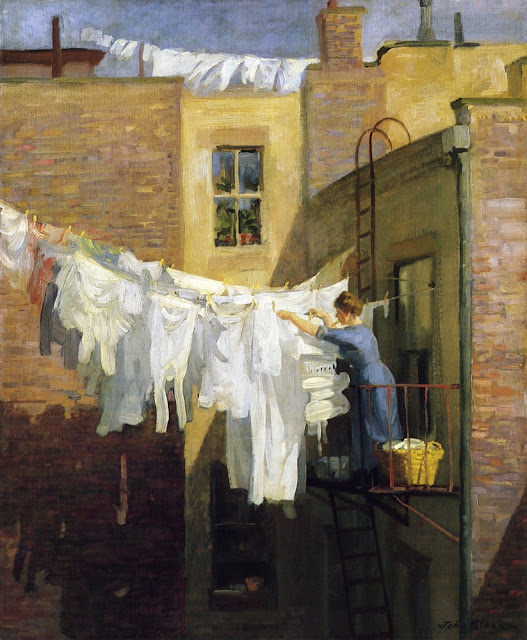






























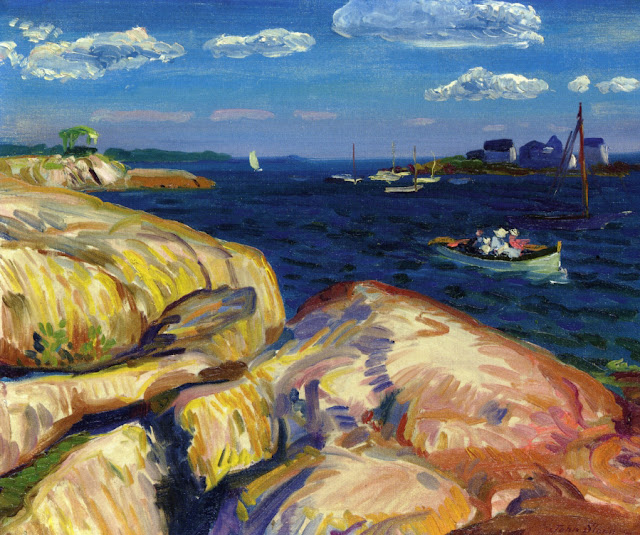





















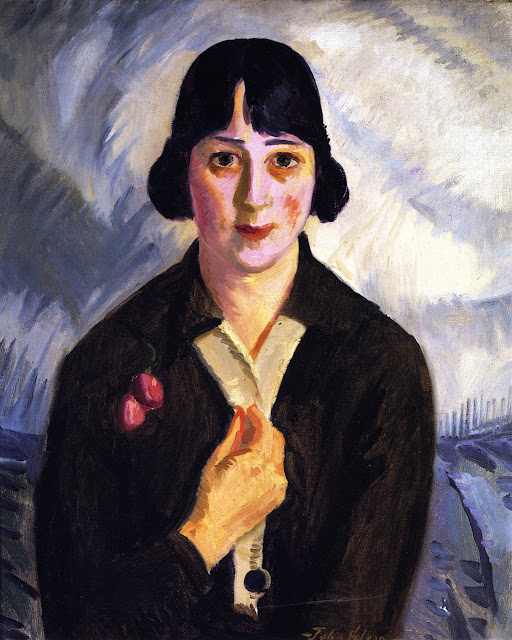+oil+on+canvas+61+x+50.8+cm.jpg)












